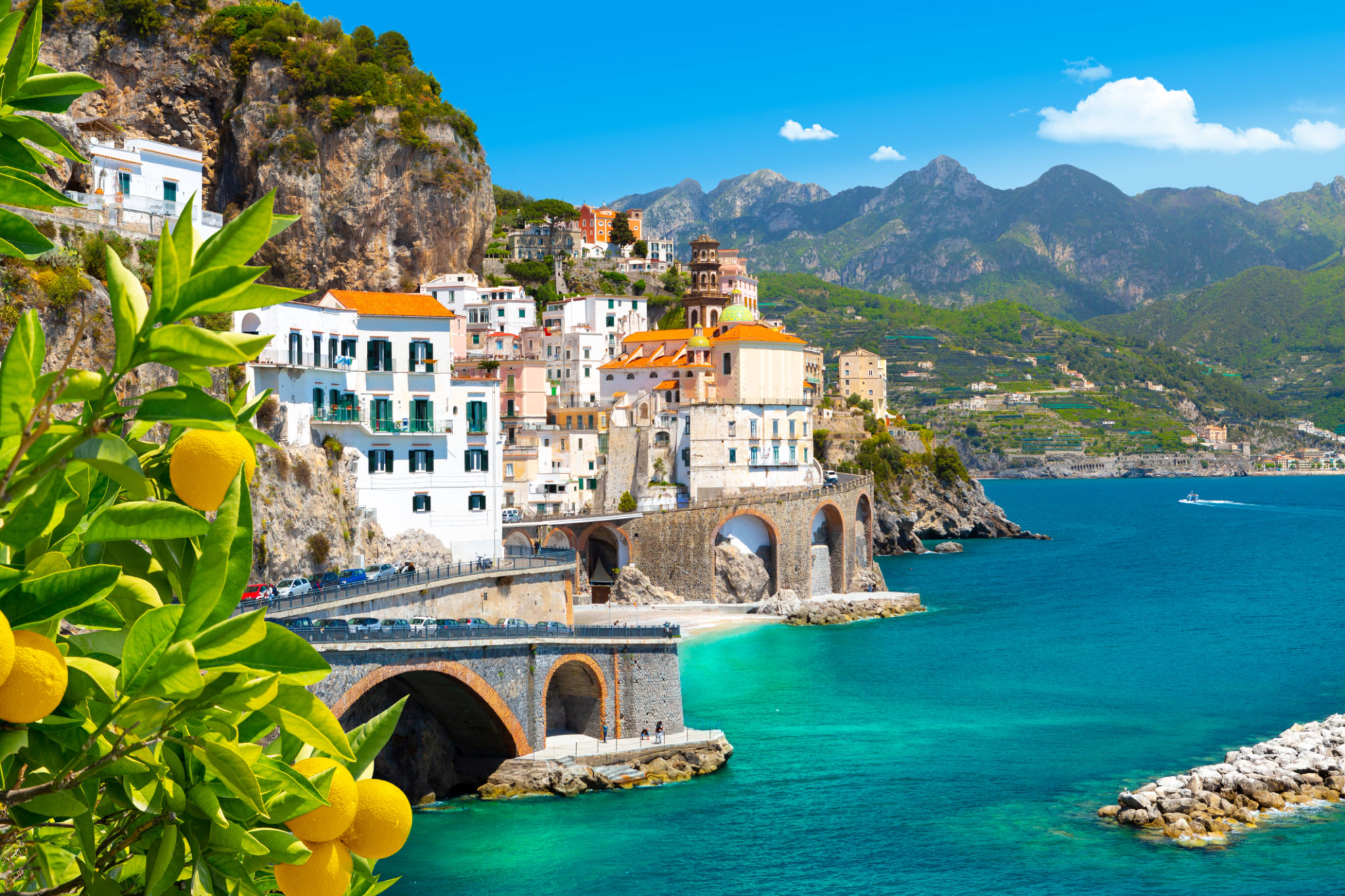Expert Advice: Maintaining Rental Properties in a Coastal Environment
Understanding the Challenges of Coastal Properties
Maintaining rental properties in a coastal environment comes with its unique set of challenges. The picturesque views and serene surroundings often come at the cost of exposure to harsh weather conditions, high humidity, and salty air. These elements can accelerate wear and tear on buildings and interiors.

Property owners need to be vigilant in addressing these issues to preserve the value and appeal of their rentals. Understanding the specific challenges posed by coastal environments is the first step towards effective property management.
Preventing Salt Damage
Salt air is one of the most destructive forces for coastal properties. It can cause metal fixtures to corrode, paint to peel, and wooden structures to warp. To prevent salt damage, regular maintenance routines are essential.
Consider the following strategies:
- Use rust-resistant materials such as stainless steel for outdoor fixtures.
- Apply marine-grade paint on exterior surfaces to withstand salty conditions.
- Regularly clean and rinse off salt deposits from windows and siding.
Managing Humidity and Moisture
High humidity levels can lead to mold growth, affecting both the structural integrity and air quality of a property. To combat this, ensure efficient ventilation systems are in place. Dehumidifiers can also be beneficial in keeping indoor spaces dry and comfortable.

Additionally, inspect properties regularly for leaks or water intrusion, especially after storms. Prompt repairs can prevent minor issues from escalating into costly damages.
Storm Preparedness
Coastal areas are often prone to storms and hurricanes. Preparing rental properties for these events is crucial in minimizing damage. Ensure that the property is equipped with storm shutters or impact-resistant windows.
Develop a comprehensive storm preparedness plan, which includes:
- Securing outdoor furniture and equipment.
- Checking that gutters and drainage systems are clear.
- Having an emergency contact list for tenants.
Landscaping Considerations
The landscaping around coastal properties requires special attention. Salt-tolerant plants are ideal for these environments, as they can endure the challenging conditions while maintaining aesthetic appeal.

Moreover, regular trimming and maintenance will not only enhance curb appeal but also prevent overgrowth that could damage property structures or impede drainage systems.
Regular Inspections and Maintenance
Routine inspections are vital for identifying potential problems early. Conduct thorough checks of the roof, foundation, and exterior walls. Address any signs of wear promptly to avoid expensive repairs in the future.
It's also beneficial to schedule professional maintenance services at least annually, ensuring that all systems are functioning optimally and that the property remains in top condition for tenants.
Conclusion: Protecting Your Investment
Maintaining rental properties in a coastal environment requires diligence and proactive management. By understanding the unique challenges and implementing strategic maintenance practices, property owners can safeguard their investments and provide a safe, comfortable living environment for tenants.
With expert advice and consistent care, coastal rental properties can offer enduring beauty and profitability.